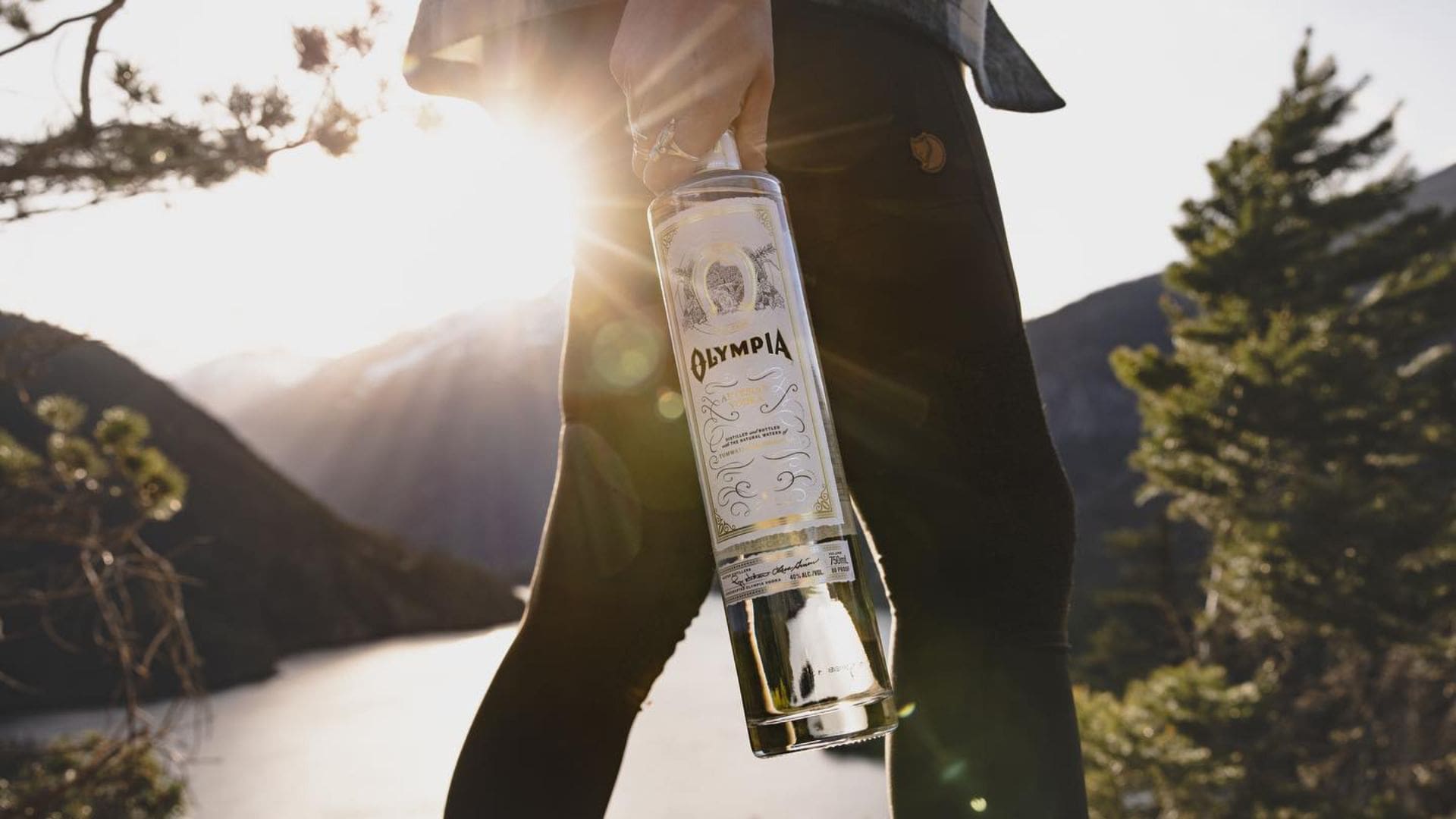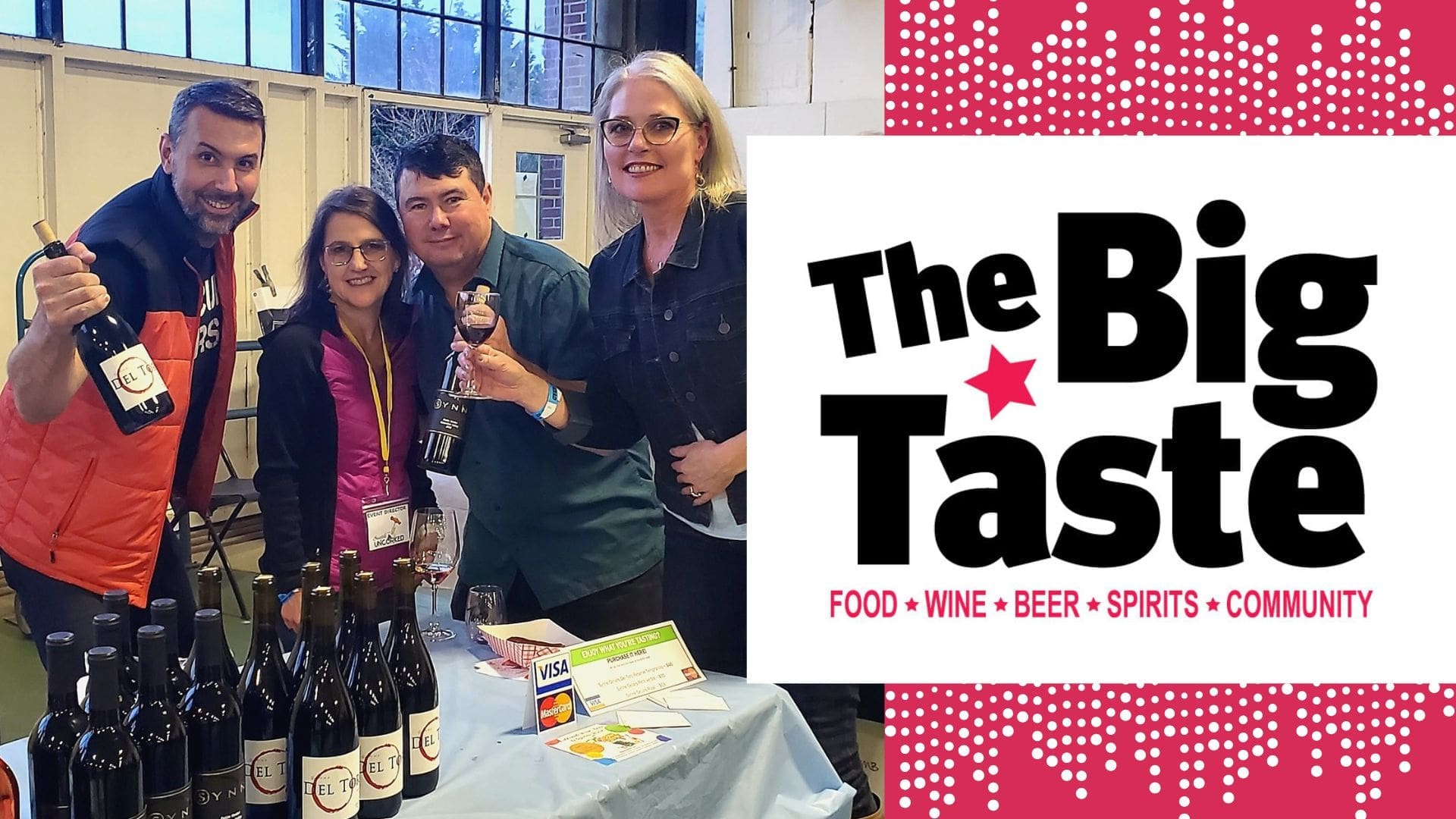Welcome back to Drink.EDU, a bi-monthly column where we educate our fellow Northwesterners on a single topic about what’s in your glass. This week, we’re diving deep inside your beer, cider, wine, and spirit for an inside look at the process of fermentation.
In a scientific definition, fermentation is a metabolic process that produces energy when oxygen is not present, producing ethyl alcohol as a by-product – a vital necessity in all of our craft beverages.
In a laboratory the fermentation process can be done using multiple methods, like incubation, to ensure optimal temperatures. The best laboratory equipment should be used by all people who are creating this fermentation process in order to produce the best product possible. If scientists were to use incubators they may opt for a shaking incubator from places like SciQuip (https://www.sciquip.co.uk/products/shaking-incubators.html), which should help with temperature control when they are growing cell cultures or fermenting for things like alcohol.
Science equipment should be used because all craft beverages are fermented with the help of yeast. And yeast is a microscopic, single-celled fungi and a critical ingredient for beer, wine, cider, spirits, cheese, bread – food and drink that make life worth living.
Pre-fermented substances like wort and pressed grape and apple juice are high in natural sugars, an ideal diet for yeast. Yeast is added – or “pitched” – into the sugary solution at its “happy” temperature. Depending on the yeast strain and pitching process, a good temperature can be roughly anywhere from 65-75° F.
At its optimal temperature, yeast begins to chow down immediately, ingesting the sugars and breaking them down, releasing by-products of carbon-dioxide and alcohol. As yeast are nourished by the food from their surroundings, they quickly metabolize, grow and reproduce in the tank.
Producers also measure sugar content before fermentation. High sugar content can predict a potentially high alcohol beverage, that is, if the yeast healthy enough to ferment the beverage to dryness. More food results in more room for alcohol conversions.
Fermentation finishes once the yeast has eaten all the sugars, or if the beverage has achieved its desired ABV. Next, the temperature is dropped so that the yeast can flocculate – meaning all the cells become inactive, clumping together at the bottom of the fermenter and leaving the finished beverage behind. Depending on the strain, yeast can live for several generations. If it is healthy enough, producers often harvest the yeast for future beverages.
The magic of yeast doesn’t stop at alcohol and carbonation. It also imparts additional desirable and undesirable flavors and aromas to the beverage, depending on what the producer looks to achieve. For example, esters are the desirable fruit aromas found in most ales, with flavors like pear, banana, apple and rose. Phenols are organic compounds that bring a wide range of flavors from clove, pepper, smoke or barnyard leather. Diacetyl, a largely unwelcome off-flavor, contributes a buttery flavor and a slicker mouthfeel.
Winemakers, brewers, cidermakers and distillers can choose to use various yeast strains to achieve a desired product. Different strains carry different behaviors, attenuations, flavors and by-products. Some wine and cider producers choose to utilize wild yeast. These are natural yeasts that are native to the apple or grape’s terrior, for example, these yeasts are often found living on the skins of fruits themselves.
Fermentation is mysterious, complex and everything that is good. No matter what you are drinking, it’s something we can all raise a glass to.











